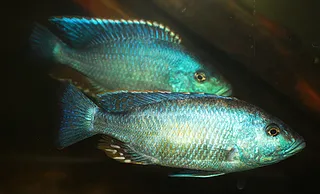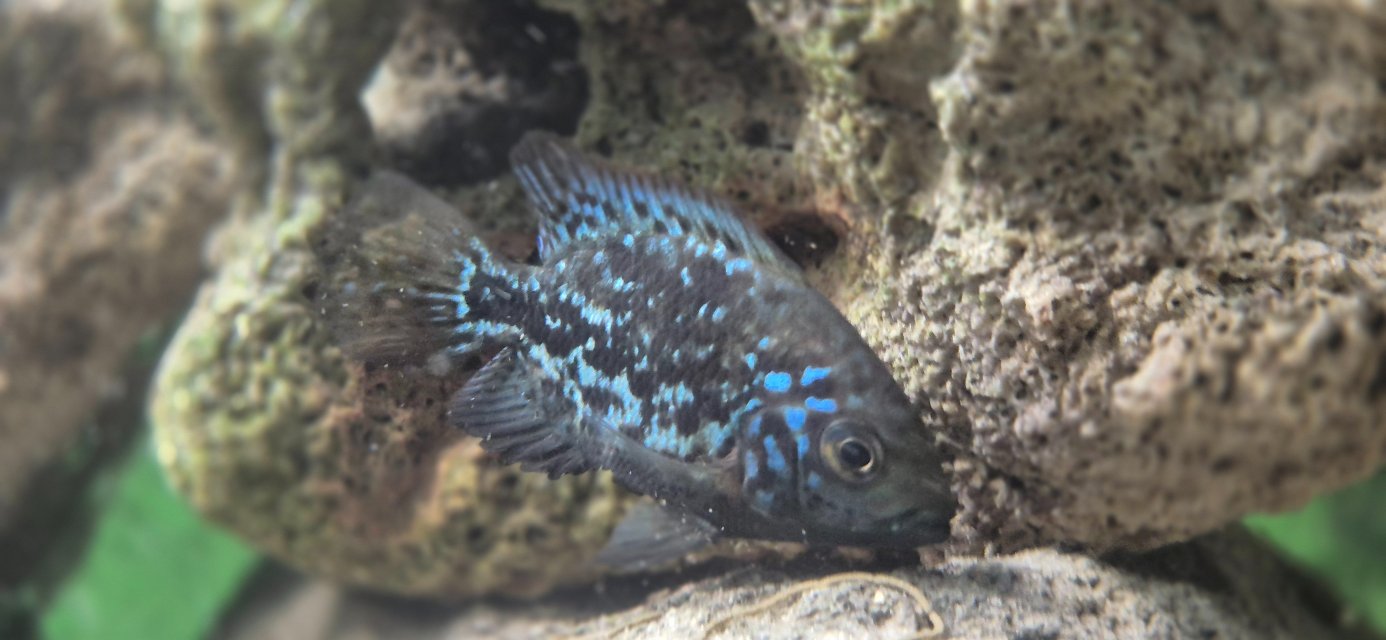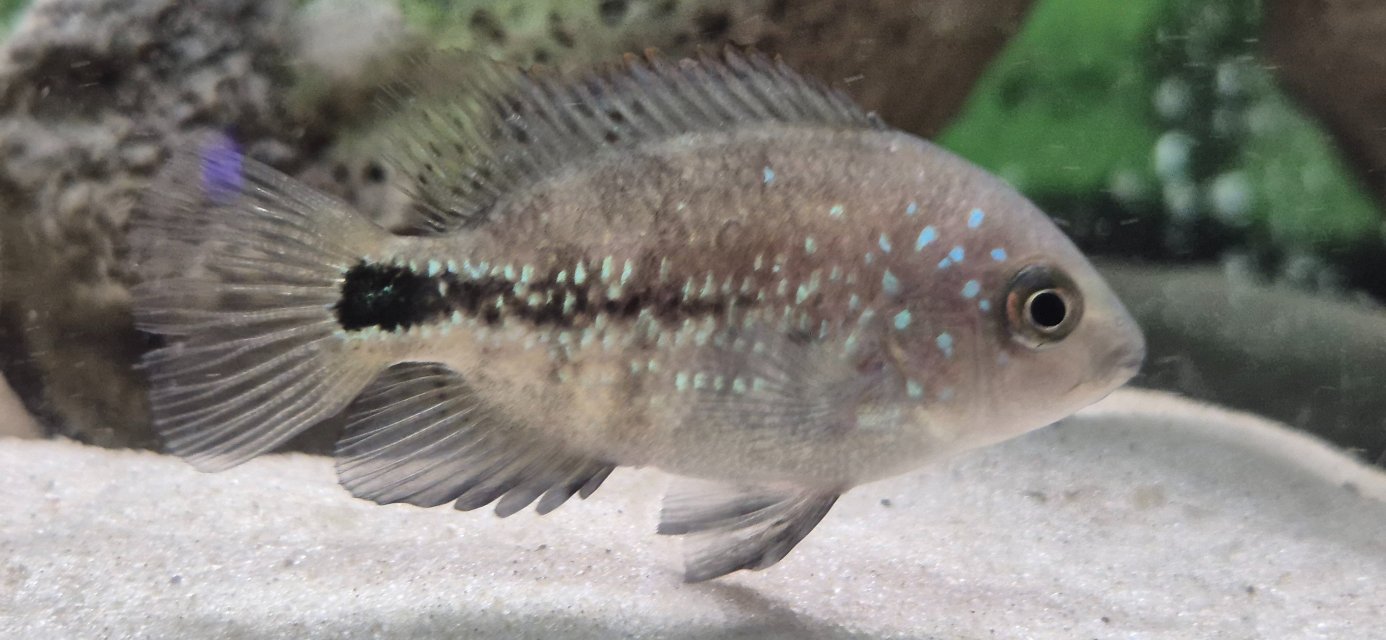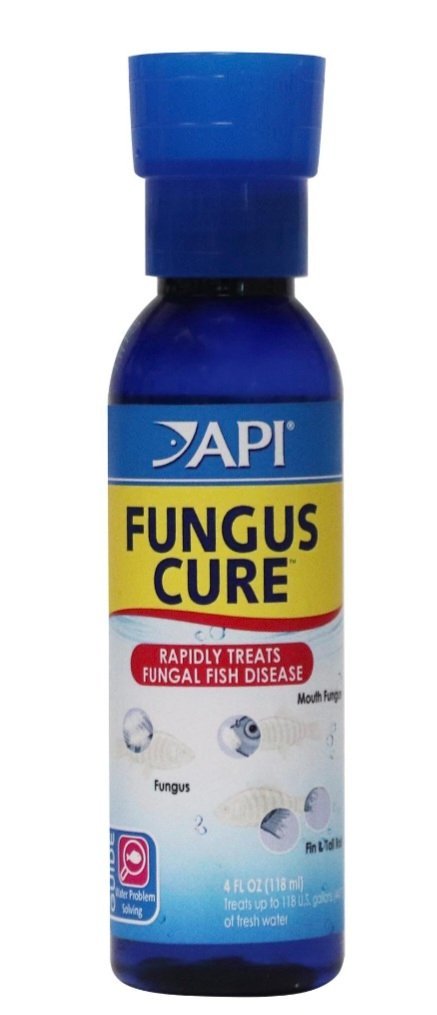The thing that sometimes exasperates me the most, with human egos with a God complex, when using color as a main motivator, is
it overlooks how God, or evolution, or mother nature (what ever you want to call it)
nullifies those millions of years of survival of the fittest that gauntlets, that creates robust, resistant, individuals, as opposed to the weak, suspect bacterially sensitive tank bred fish unable to survive if they are looked at sideways , the gauntlet real legitimate species must negociate to survive..
Such as these true blue Nimnochromis in the Great Lakes of Africa.

it overlooks how God, or evolution, or mother nature (what ever you want to call it)
nullifies those millions of years of survival of the fittest that gauntlets, that creates robust, resistant, individuals, as opposed to the weak, suspect bacterially sensitive tank bred fish unable to survive if they are looked at sideways , the gauntlet real legitimate species must negociate to survive..
Such as these true blue Nimnochromis in the Great Lakes of Africa.

Last edited:





